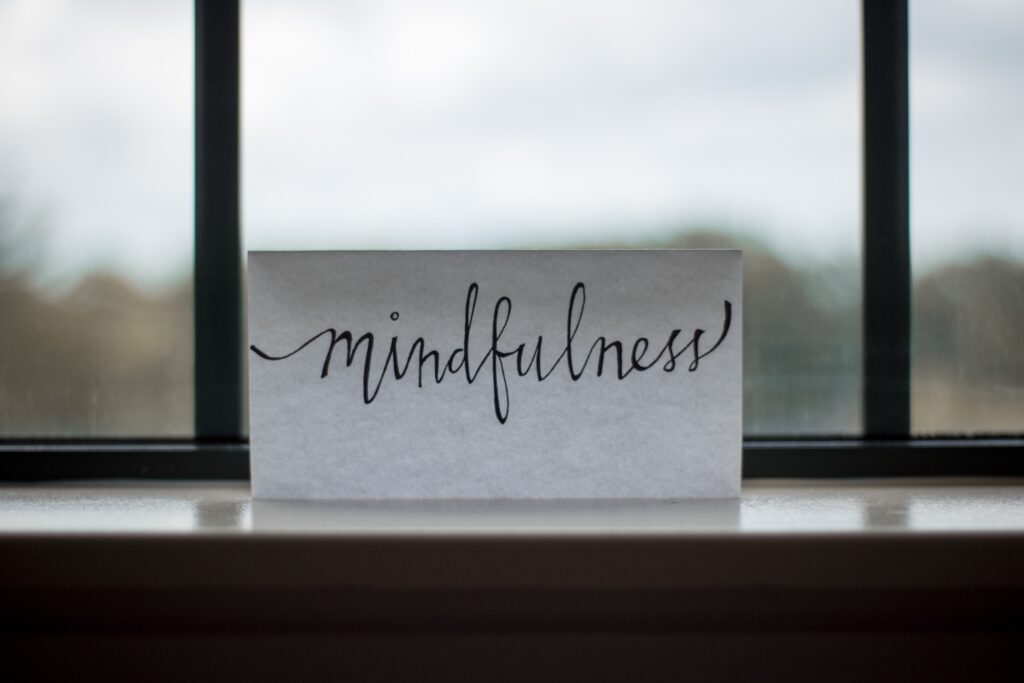Wholeness, Health, and Happiness: Finding Strength in Stressful Times

Finding Strength in Stressful Times
Although wholeness, health and happiness are inseparable, it is how we learn to make ourselves whole that determines how healthy and happy we are. The work of making our mind and body whole never ceases. More than 103,000 times per day, our hearts work, pumping blood throughout our body; day and night, the metabolic work of breaking things down, rebuilding and repairing others never ceases; and then there is the daily work of uprightness. Using our mind, we learn how to work with our body and participate in its wholeness work. Yet, how do we know if our work is effective? We can’t look under the hood, so to speak, and examine every cell in our body; nor crawl into the arteries of our heart; nor check the synapses in our brain to assess the effectiveness of our wholeness work. We have to go by how we feel and that is where there is opportunity for mischief.
As the measure of wholeness, we have figured out ways to stimulate the pleasure/reward centers of our brain so as to make us feel whole, alive and happy without performing the work of wholeness. So what’s the problem? There is no density of experience; the feeling of being whole that comes from the superficial stimulation of the brain is a counterfeit; a cheap imitation of what it feels like to be truly alive. There is a depth to the wholeness that only comes from working together. It brings us and every cell of our body closer together; it builds the bonds that bind us and all of humanity together. The experience of working together is the real deal; it is the density of experiences that make us emotionally, mentally and physically stronger, and thus enhances our resilience to stress.
Indeed, in our stressful and divisive times, when suicide has tragically become the second leading causes of death among individuals 10-34 years of age; individuals who had so much life ahead of them, perhaps it is time for us to reflect on our wholeness education and whether it is producing more experiences that are counterfeits or the density of experiences that are the real deal of living a life that is truly vital.
Do You Need Help With Coping Skills, Resiliency, and Focus?
T𝘰 𝘨𝘦𝘵 𝘮𝘰𝘳𝘦 𝘪𝘯𝘧𝘰𝘳𝘮𝘢𝘵𝘪𝘰𝘯 𝘰𝘯 𝘮𝘺 𝘱𝘳𝘰𝘨𝘳𝘢𝘮𝘴 𝘢𝘯𝘥 𝘮𝘺 𝘢𝘳𝘵𝘪𝘤𝘭𝘦 𝘰𝘯 𝘴𝘵𝘳𝘦𝘴𝘴 𝘵𝘪𝘱𝘴 contact Dr. Almada at [email protected]
Sources:
Cora Peterson, Aaron Sussell, Jia Li, Pamela K. Schumacher, Kristin Yeoman, and Deborah M. Stone. Suicide Rates by Industry and Occupation — National Violent Death Reporting System, 32 States, 2016. Morbidity and Mortality Weekly Report, 69(3), January 24, 2020.
Deborah M. Stone, Thomas R. Simon, Katherine A. Fowler, Scott R. Kegler, Keming Yuan, Kristin M. Holland, Asha Z. Ivey-Stephenson, Alex E. Crosby. Vital Signs: Trends in State Suicide Rates — United States, 1999–2016 and
Circumstances Contributing to Suicide — 27 States, 2015. Morbidity and Mortality Weekly Report. June 8, 2018:Vol. 67(22).
Allison Ertl, Kameron J. Sheats, Emiko Petrosky, Carter J. Betz, Keming Yuan, Katherine A. Fowler. Surveillance for Violent Deaths — National Violent Death Reporting System, 32 States, 2016. Morbidity and Mortality Weekly Report: Surveillance Summaries. October 4, 2019:Vol. 68(9).
